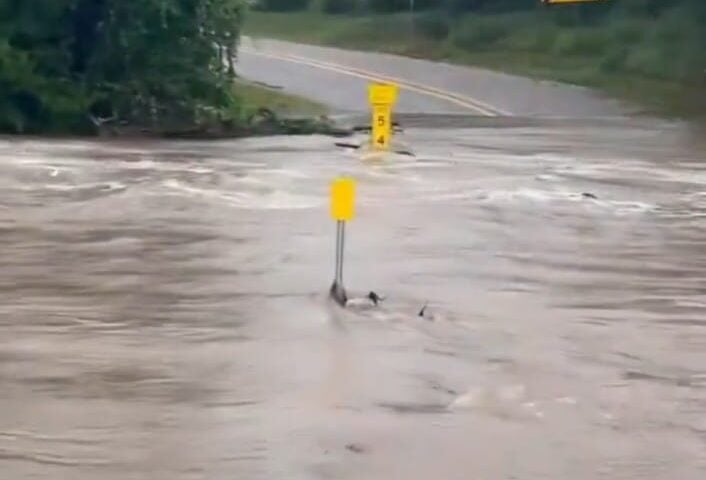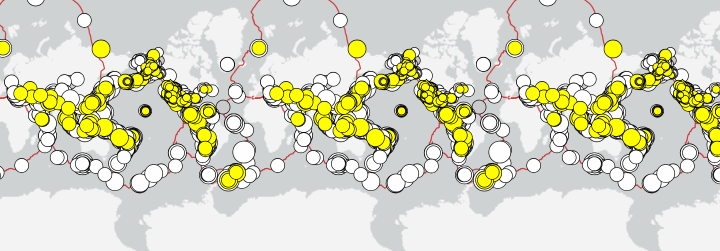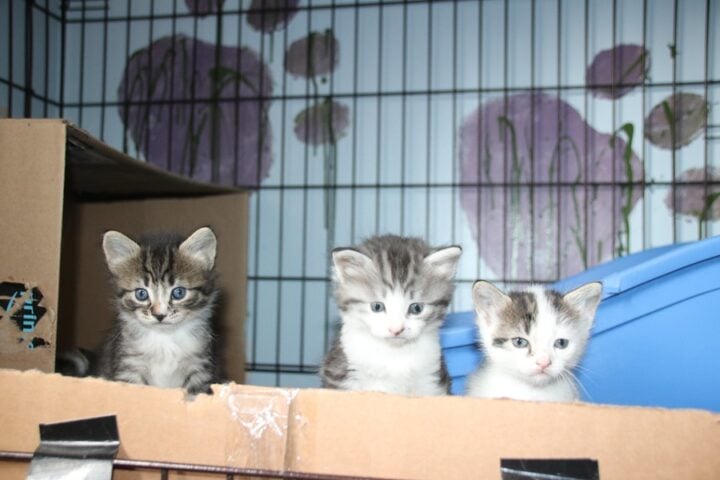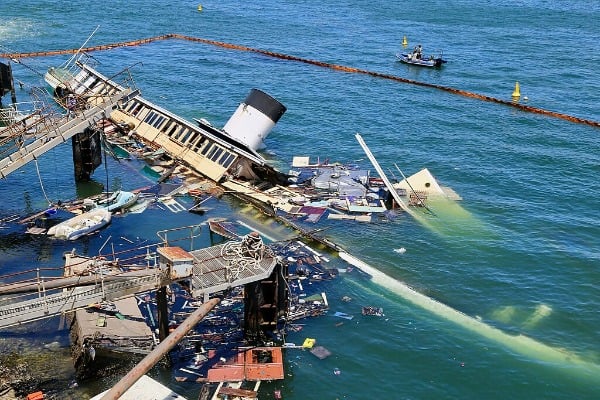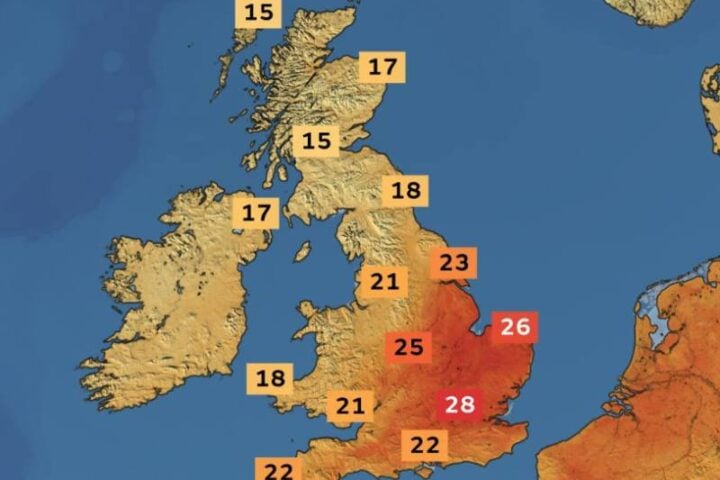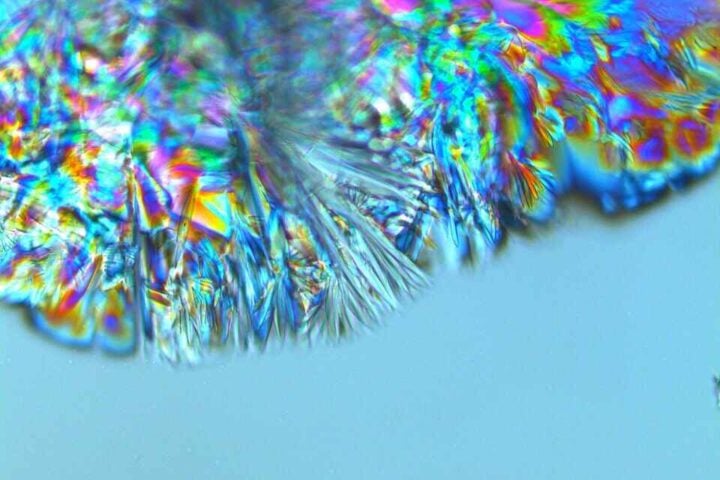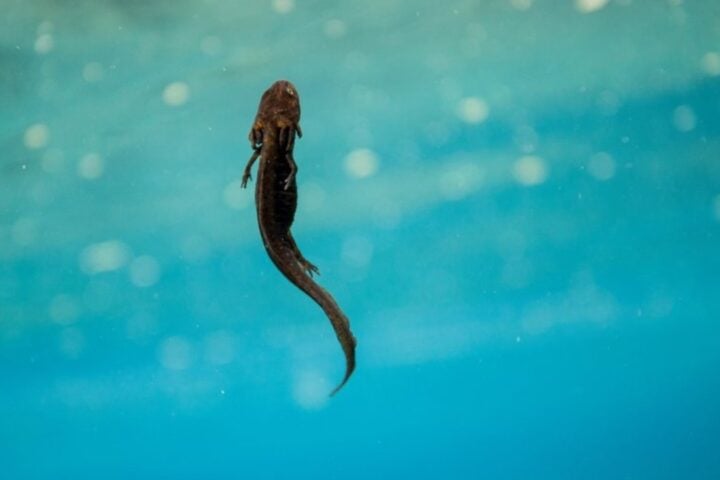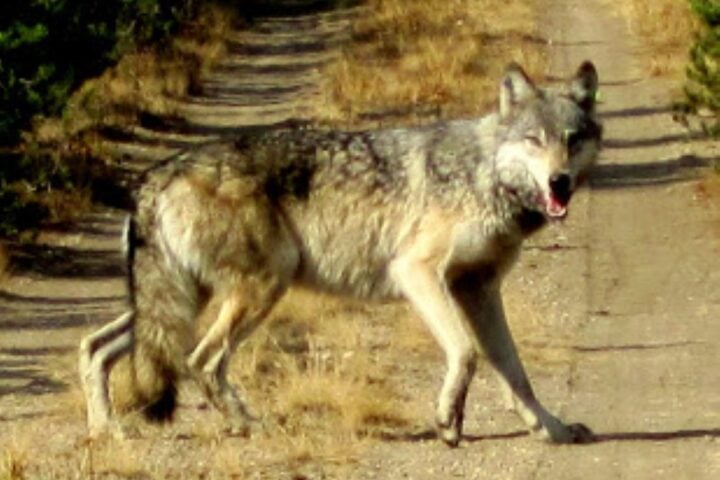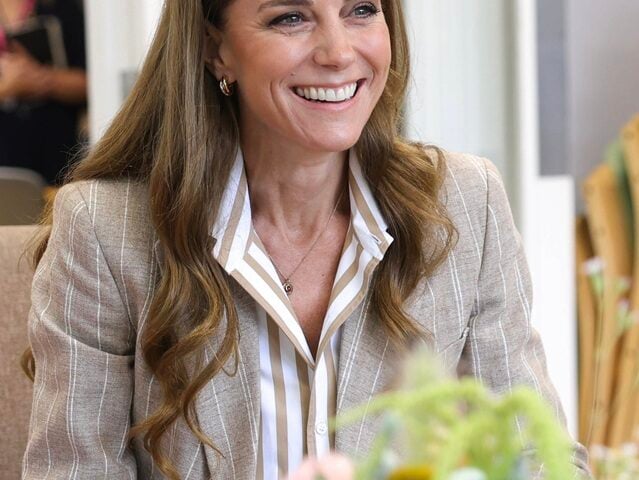In Florida, a new phosphorus material is formed in a rock as a result of a lightning bolt striking a tree. A transitional substance between space minerals & the Earth’s crust can be seen in the new material. Such a strange phosphorus mineral has never been seen before on Earth.
A member of a new mineral group could be represented by the material. A scientist from the University of South Florida, Mathew Pasek, made the discovery. Unusual chemical reactions can be triggered by lightning, & this is what led to the creation of a new mineral.
When lightning strikes the ground, fulgurites, also known as ‘fossilized lightning’ are formed. The lightning capital of the world is Florida. As lightning can cause significant damage & is potentially dangerous, lightning safety is important.
The strike of lightning that created the new material also caused the iron on the tree roots to catch fire, resulting in the formation of fulgurite. Such a substance forms swiftly under specific circumstances.
The material is so rare that it is uncertain whether it could be mined for uses similar to those of other phosphates, such as fertilizer. There was a failure to create the material by experimenting in a lab.
As the material is transitional between space minerals & the Earth‘s crust, it can be called a unique discovery. The importance of understanding the energy of lightning strikes is highlighted by this discovery.
Significant damage can be caused by lightning strikes, which can be dangerous. Fulgurite was discovered by a homeowner in the New Port Richey area & was sold by him. It was the turn of Mathew Pasek to purchase this fossil, & he promptly teamed up with Luca Bindi from the University of Florence in Italy to study it.



